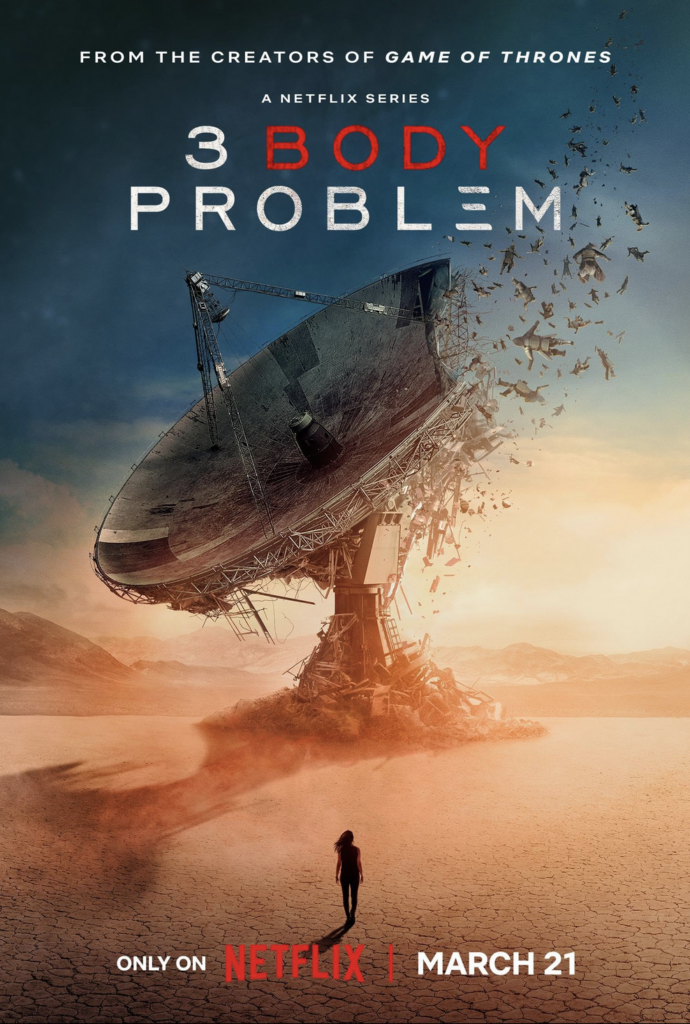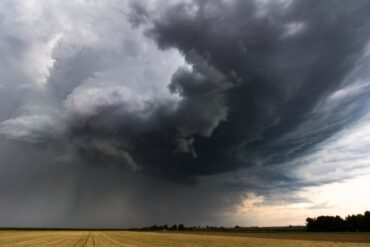Silent Spring launched the modern environmental movement, highlighting the dangers of pesticides and human impact on nature. Its themes of interconnectedness are echoed in The Three-Body Problem, where Ye Wenjie, influenced by the book, realizes humanity’s destructive tendencies. Both works emphasize urgent ecological responsibility.
Von Deniz Aydurmus
Rachel Carson’s groundbreaking book, Silent Spring, published in 1962, is often credited with launching the modern environmental movement. Her meticulous research and compelling narrative shed light on the detrimental effects of pesticides on the environment, particularly on birds. Carson’s work played a pivotal role in raising awareness of environmental issues and led to significant changes in policies and practices regarding the use of pesticides.
Humanity’s Flawed Relationship with Nature
Recently, Carson’s influence has extended beyond environmental science into popular culture, notably appearing in the newly released series The Three-Body Problem. Based on the acclaimed science fiction trilogy by Liu Cixin, the series incorporates themes of ecological crisis and human responsibility, echoing the urgent warning Carson articulated over half a century ago.
»I am pessimistic about the human race because it is too ingenious for its own good. Our approach to nature is to beat it into submission. We would stand a better chance of survival if we accommodated ourselves to this planet and viewed it appreciatively instead of skeptically and dictatorially.«
With these words from E. B. White, Carson uses as an epigraph in her book, she underscores her argument about humanity’s domineering attitude toward nature. In Silent Spring, Carson eloquently describes the interconnectedness of all living things and the profound impact human actions can have on nature. Her work is not just a scientific treatise but a call to action, urging humanity to reconsider its relationship with the natural world. The inclusion of Carson in The Three-Body Problem underscores the timeless relevance of her message and highlights the ongoing need for environmental consciousness in an era of rapid technological advancement and ecological upheaval. Ye Wenjie, for instance, becomes acutely aware of humanity’s destructive tendencies as she witnesses the ecological devastation caused by industrial projects, such as the forced labor camps that cut down ancient forests. These experiences shape her belief that humanity may need an external force to change its course, echoing Carson’s warning of the dire consequences of environmental neglect. By weaving these elements into the narrative, The Three-Body Problem illustrates the enduring impact of Carson’s call for ecological responsibility.
An Enduring Legacy
The Three-Body Problem series introduces Rachel Carson’s Silent Spring through the character of Ye Wenjie, a physicist who comes across the book during the Cultural Revolution in China. The book’s critical stance on environmental destruction, particularly the use of pesticides like DDT, resonated deeply with her. One notable passage discussed in the series is that: »Nothing in nature exists alone.«
This concept strikes Ye as she witnesses the ecological damage caused by deforestation and industrialization, paralleling the broader destructive tendencies she sees in human society. This reminds us that our actions have consequences that extend far beyond what we might initially perceive.
From Scientist to Environmental Advocate
Ye Wenjie’s exposure to Silent Spring serves as a pivotal moment in her life, influencing her view of humanity and its impact on the environment. The book’s themes of interconnectedness and the consequences of human actions lead her to believe that humanity cannot achieve a moral awakening on its own and may need an external force to correct its course. This thought process ultimately leads her to decisions that have significant ramifications in the narrative.
The decision to weave Silent Spring into the plot of The Three-Body Problem is both a tribute to Carson’s enduring impact and a stark reminder of the ongoing environmental challenges we face. By situating Carson’s work within the story, the series highlights how the themes of environmental degradation and the quest for sustainable living continue to resonate across different contexts and time periods. For instance, while working at a labor camp in Inner Mongolia in 1967 Ye Wenjie is given a copy of Silent Spring by a fellow worker, Bai Mulin. He describes the book as a glimpse of the future if they continue down a path of environmental destruction, since the surrounding landscape is ravaged by deforestation and industrial activities. The strange occurrences near the military installation, such as soldiers losing their hair and unpredictable weather patterns, further echo the book’s themes of ecological imbalance and the far-reaching impact of technological advancement on the environment.
A Call for Environmental Stewardship
»Over increasingly large areas of the United States, spring now comes unheralded by the return of the birds, and the early mornings are strangely silent where once they were filled with the beauty of bird song.«
In Silent Spring, Carson documented the adverse effects of indiscriminate pesticide use on wildlife and ecosystems. Her vivid descriptions of a silent spring, without the songs of birds and the buzzing of insects, captured the public imagination and galvanized a movement toward environmental protection. Carson’s work led to a greater understanding of the ecological interconnectedness and the need for more responsible stewardship of the earth.
The character of Ye Wenjie in The Three-Body Problem mirrors this awakening of ecological awareness. Initially, Ye is disillusioned by the Cultural Revolution’s brutality, which leads to her father’s death and exposes her to the destructive impact of unchecked industrialization. This leads to a shift in her perspective. Her personal journey from a disillusioned scientist to a key figure in the narrative’s unfolding events underscores the transformative power of environmental consciousness. Her struggles and realizations reflect the broader human conflict to come to terms with our impact on the planet and the urgent need to change course.
A Timeless Warning
Moreover, the inclusion of Silent Spring in the series serves as a poignant reminder of the book’s global influence. While Carson wrote primarily about the American experience, her insights and warnings have universal relevance. The ecological crises she described are not confined by national boundaries, and the solutions she advocated require collective global action.
Carson’s message in Silent Spring is as relevant today as it was in 1962. Despite significant progress in environmental regulation and awareness, many of the issues she highlighted remain pressing concerns. Pesticide use, habitat destruction, and biodiversity loss continue to threaten ecosystems worldwide. Carson’s work challenges us to remain vigilant and proactive in addressing these issues, advocating for policies that protect the environment and promote sustainability.
The Ongoing Relevance of Carson’s Message
The resonance of Carson’s work in contemporary media, such as The Three-Body Problem, illustrates the enduring power of her message. It reminds us that the fight for environmental protection is ongoing, and that we must continue to advocate for the health of our planet. When we engage with stories like The Three-Body Problem, we are reminded of the interconnectedness of all life and the profound impact our actions have on the world around us.

The Three-Body Problem
Created David Benioff, D. B. Weiss and Alexander Woo.
Based on the novel series Remembrance of Earth’s Past by Liu Cixin.
Produced by Steve Kullback and Hameed Shaukat.
Starring Jovan Adepo, John Bradley, Rsalind Chao, Liam Cunningham, Eliza González, Jess Hong, Marlo Kelly, Alex Sharp, Sea Shimooka, Zine, Tseng, Saamer Usmani, Benedict Wong, Jonathan Pryce.
Rachel Carson’s Silent Spring remains a seminal work of environmental literature, and its themes of interconnectedness and ecological stewardship are as urgent today as they were sixty years ago. The incorporation of Carson’s work into The Three-Body Problem underscores the timeless relevance of her writings and the ongoing need for environmental consciousness. It is disheartening to witness the continued environmental destruction and degradation even today, despite the clear warning from Carson and the dire scenarios depicted in stories like The Three-Body Problem. Both the book and the series illustrate the consequences of ignoring these warnings, highlighting how crucial it is to take action before irreversible damage is done. As we reflect on Carson’s legacy, it’s clear that we must redouble our efforts to advocate for sustainable practices and work toward a more harmonious relationship with the natural world to prevent further harm.






